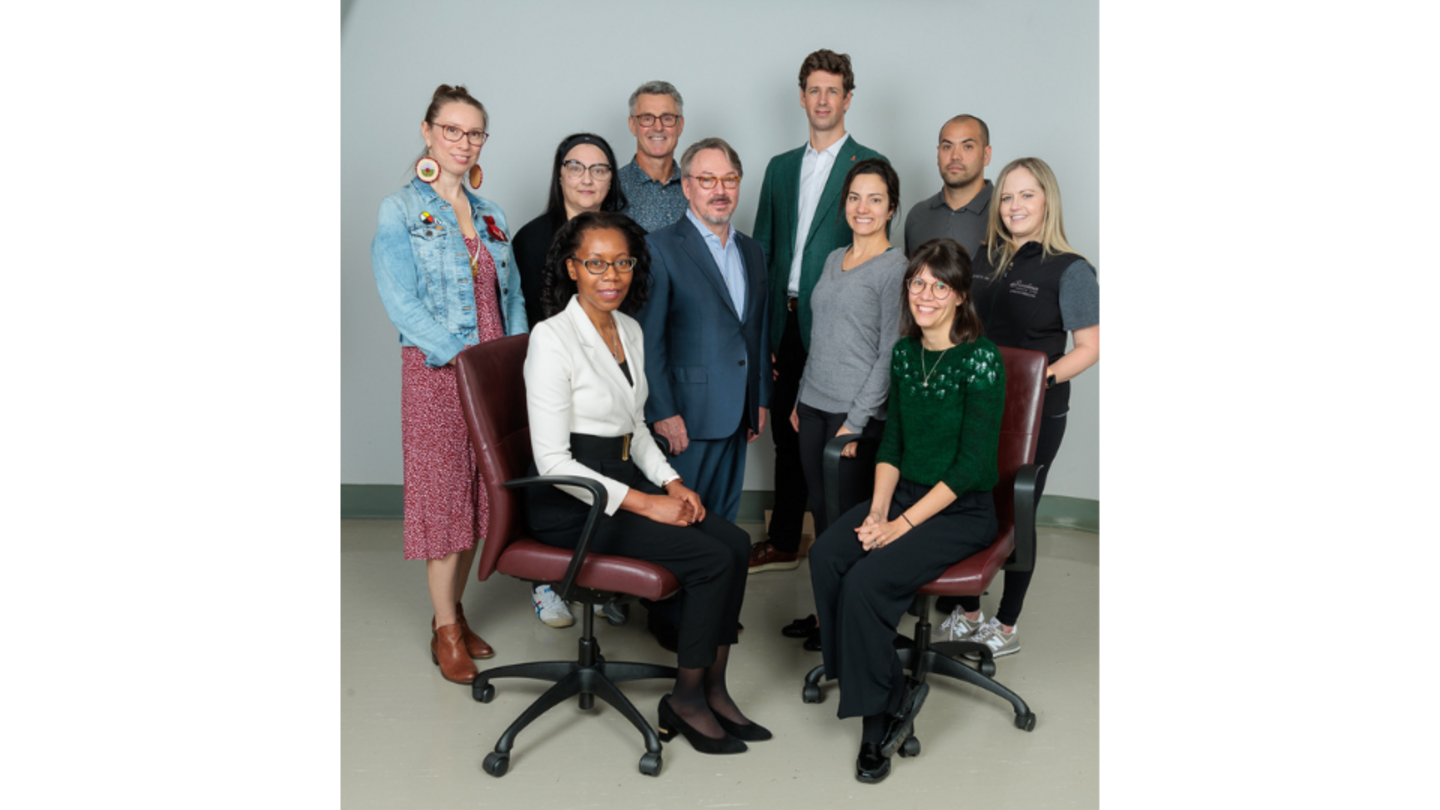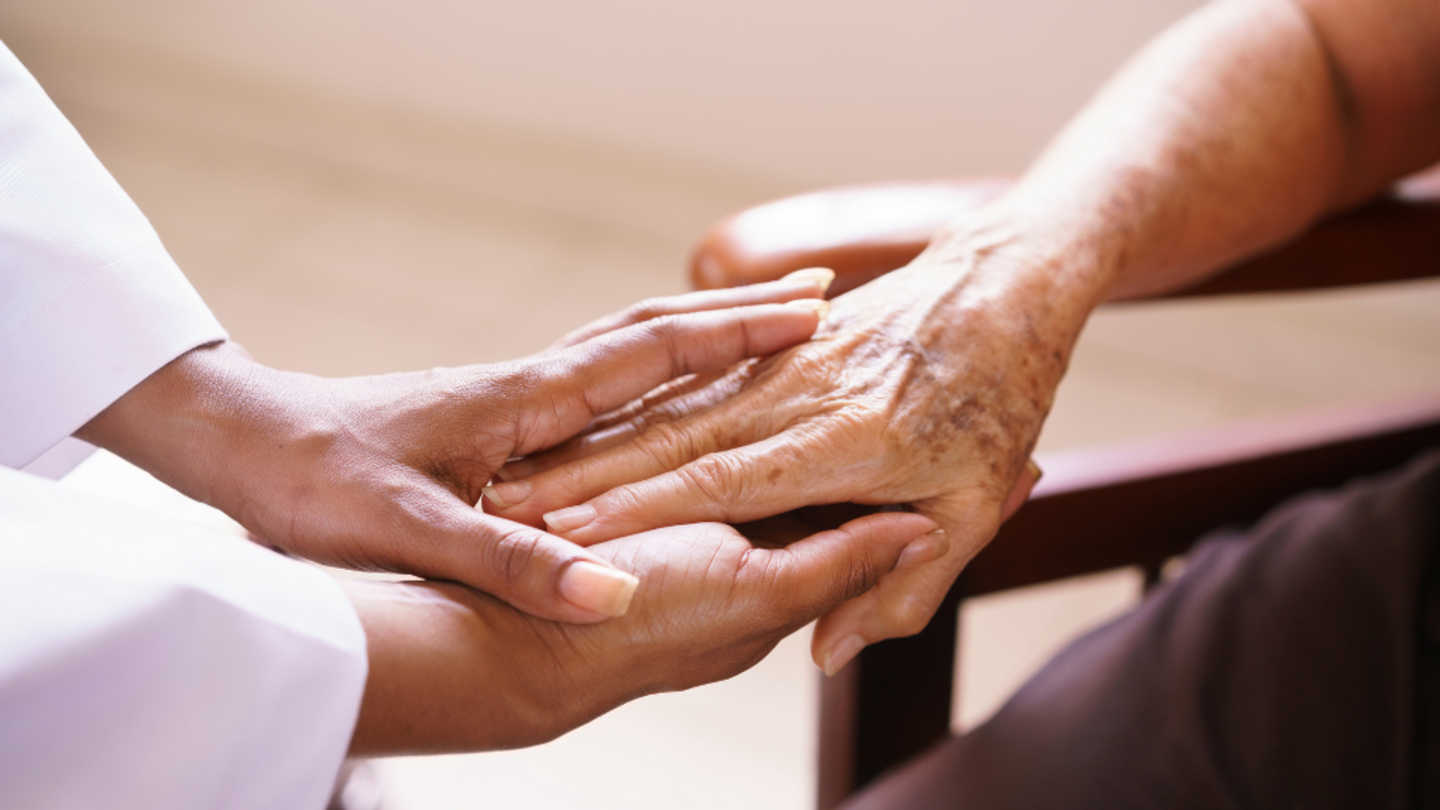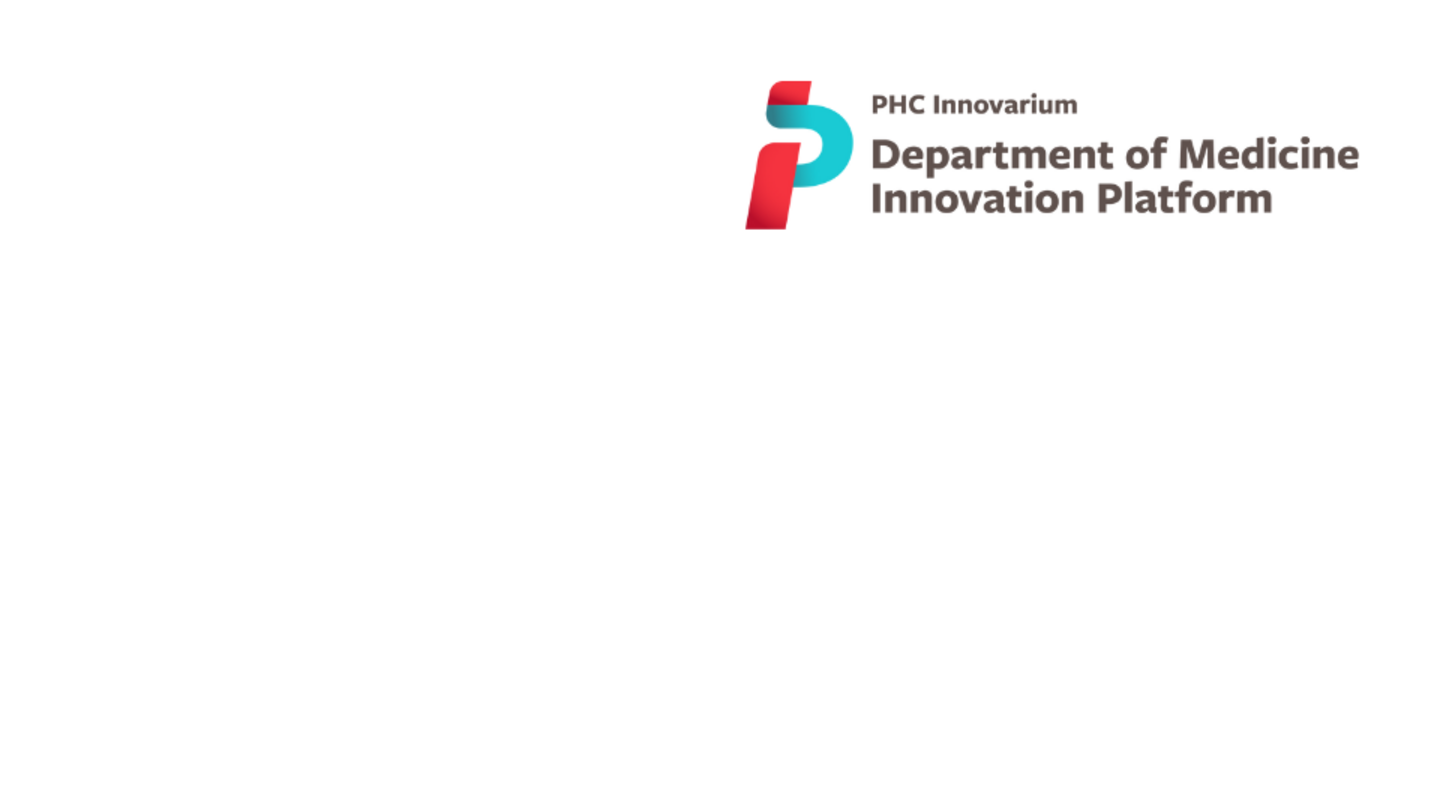A Cardiac Coalition: How a Multi-Disciplinary Approach is Hacking Bacterial Heart Invaders
In the heart of Vancouver, a medical strike force is assembling to battle a formidable enemy that hijacks one of the body's most vital organs—and they're rewriting the rules of engagement for patients society often leaves behind.
Impact Innovation | Innovarium

The cardiac monitor beeps steadily as Dr. Simone Cowan, a cardiologist at St. Paul's Hospital (SPH), examines the echocardiogram on her screen. The view reveals an insidious intruder: bacteria colonizing a heart valve, releasing microemboli into the bloodstream like biological shrapnel. This is infective endocarditis (IE)—a multi-system condition that begins with bacteria infiltrating the heart but can ultimately ambush organs throughout the body.
"Although we're talking about this being predominantly a heart infection, it is actually a multi-system condition," explains Cowan. "Think of the blood passing through those infected valves picking up infection. That's what makes it complicated. People can come in with back pain because they have infection that's left the heart valve, traveled through the bloodstream, and infected the bones. It can infect areas in the brain, the lungs, etc."
For decades, treating IE has resembled a disjointed medical relay race, with specialists working in isolation, handing off patients from department to department. But at SPH, a transformation is underway. The Infective Endocarditis Working Group (IEWG) is pioneering a collaborative strike force approach that could become the new gold standard for treating this complex condition province-wide.

First row (seated): Dr. Simone Cowan (Cardiologist, IEWG co-Lead), Dr. Victoria Weaver (Infectious Diseases and Addiction Medicine Specialist, IEWG co-Lead), Second Row: Fancy Poitras (Director, Indigenous Cultural Safety Development), Julia Santucci (Clinical Nurse Specialist, Acute Medicine), Dr. James Abel (Cardiac Surgeon), Dr. Genevieve Kerkerian (Infectious Diseases and Addiction Medicine Specialist), Dr. Elizabeth Dogherty (Clinical Nurse Specialist, Substance Use)., Third Row: Dr. Dean Johnston (Neurologist), Dr. William Connors (Infectious Diseases Specialist), Dr. Anthony Gador (Internal Medicine Specialist)
When Silos Affect Care, the Origin Story
Like many medical innovations, this one was born from quality improvement.
"We needed to revise our approach," Cowan reveals. “We noticed trends from different wards signalling a need to change how we worked together.”
Improving coordination among specialists may lead to earlier diagnoses, shorter hospital stays, and improved patient experiences and outcomes.
Dr. William Connors, an Infectious Diseases Physician, witnesses the transformation in real time: "Recently, I saw an individual that had come into hospital with the diagnosis of endocarditis, and what historically would have happened would be, I'd see the patient, I'd leave my recommendations, and the team responsible for the patient would act on those."
But now? "The surgeon called me and said, 'Hey, I saw your note. I'm going to go see the patient. What are your thoughts?' There's an informal connection that occurs," Connors explains. "I found this patient had a workup in a short period that would usually take much longer."
Elite Specialists, One Mission
The IEWG represents a cross-disciplinary healthcare team: cardiologists, internists, infectious disease specialists, cardiac surgeons, addiction medicine specialists, Indigenous Wellness representatives, imaging specialists, intensivists, neurologists, nurse practitioners, clinical nurse specialists, and pharmacists. Each brings specialized expertise to a condition that defies single-specialty solutions.
But this isn't just about clinical efficiency—it's about addressing the unique needs of the patients who most often face this disease at St. Paul's.
This approach to treating infective endocarditis didn't emerge in isolation. The Department of Medicine Innovation Platform provided support for the project, offering both financial backing to develop the proposal and strategic guidance. DOM Innovation facilitated Value-Based Health Care workshops to develop the vision for team-based care, including addiction medicine and family practice, and coordinated meetings between key stakeholders. By connecting specialists across departments and providing resources for collaborative planning, the Department of Medicine helped build the foundation necessary for this innovative model to flourish. It exemplifies how departmental support can empower physicians to transform patient care and develop solutions to complex health care challenges.
Dr. Victoria Weaver, an Addiction Medicine Physician at St. Paul’s Hospital on the team, explains the demographic reality: "St. Paul's historically has seen lots of people who are unhoused, who maybe have history of substance use. And then, of course, by way of historical and ongoing injustices, a large proportion of those patients are often Indigenous."
What makes this multi-disciplinary approach groundbreaking is its recognition that these social factors aren't peripheral to medical care—they're central to it.
"It's much easier to give someone a long course of IV antibiotics if they have shoes to wear and a home to go to," Weaver points out. "It gets a lot harder when they don't, or when they have ongoing substance use that isn't properly addressed, especially when that occurs in the setting of ongoing generational and personal traumas."
That understanding shapes how care is delivered.
“People who use substances deserve the same evidence-based care as everyone else,” says Elizabeth Dogherty, a Clinical Nurse Specialist in Substance Use at PHC. “We strive to deliver care in a way that is trauma-informed, person-centred, and free of stigma and judgment.”
A key part of this approach is the involvement of peer support workers—individuals with lived or living experience of substance use—who provide essential advocacy and connection.
“Peers on our inpatient Addiction Medicine Consult Team make a real difference for this patient population,” Dogherty explains. “They help patients stay in hospital to receive the care they need, act as liaisons between patients and providers, and ensure that their voices are heard.”

Digital Infrastructure Meets Human Connection
The technical architecture of the IEWG will include powerful reinforcements: decision support tools embedded in the hospital's electronic medical record system, expedited access to cardiac imaging, and order sets that standardize care. But the most revolutionary aspect might be something more analog: human connection.
"I feel like there's been some flattening of the hierarchy," says Weaver, "because everyone has something equal to bring. I know a neurologist and a cardiologist and a cardiac surgeon, and I would feel equally comfortable emailing all of them at this point to ask for their help or their assistance or their guidance."
In the traditional medical hierarchy, this kind of cross-disciplinary collaboration is rare. Specialists typically leave notes in patient charts rather than engaging in real-time problem-solving. The IEWG is taking down these invisible walls.
Indigenous Innovation, Cultural Safety as Clinical Strategy
What sets the model apart from similar initiatives across North America is its integration of Indigenous cultural safety into the clinical framework.
Fancy Poitras, Director of Indigenous Cultural Safety Development with the Indigenous Wellness and Reconciliation Team, explains a harsh reality: "There's kind of an undiscussed three strikes rule of, you know, you're not going to be well treated if you are Indigenous, if you're poor and unhoused, and if you're a drug user."
The IEWG is strategically counteracting these biases through concrete steps, starting with improving identification of Indigenous patients in the system.
"A lot of work has gone into just generally across the organization, improving awareness around Indigenous self-identification," Poitras explains. "That is the most foundational piece of work that we can be doing—just even knowing who is coming into our care."
Indigenous Wellness Liaisons are now considered essential members of the clinical team rather than peripheral volunteers. When comparing notes with their counterparts, the St. Paul's team discovered that even well-established IE teams elsewhere often lack this cultural safety component.
"They had not thought to incorporate supports for Indigenous patients," Poitras notes. "I would like to see the model that we develop here be something that our Canadian counterparts elsewhere could also look to adapt and make sure that they are capturing culturally safe services in their models."

Beyond the Hospital Halls, Disrupting Traditional Boundaries
Perhaps the most radical aspect of the IEWG approach is its capacity to bridge traditionally separate health care environments, creating continuity where fragmentation once reigned.
"We have had patients who come in and need detox with infective endocarditis, and they have gone to the hospital’s withdrawal management unit which is part of the Road to Recovery initiative, and then come back to the ward," Cowan explains, referring to the hospital's addiction recovery program. "That's a new approach."
The team is also leveraging St. Paul's Hospital at Home program to allow patients who need multiple daily IV antibiotics to receive treatment outside the hospital setting when appropriate.
These innovations ensure precious taxpayer resources are applied in the smartest, most efficient way possible, to serve the needs of as many patients as possible. With an average hospital stay of 23 days and high readmission rates, any intervention that shortens hospitalization while maintaining care quality represents both a clinical and economic breakthrough.
From Local Innovation to Provincial Model
The IEWG's ambitions extend far beyond St. Paul's. The team envisions establishing a regional program for infective endocarditis that mirrors existing systems for other life-threatening conditions.
"Our plan is to come up with a regional approach for infective endocarditis the same way we have for STEMI," explains Cowan, referring to the coordinated system for heart attack patients. "How do you get them from their home in the community to the hospital as quickly as they can be? And then how do you triage them to Centres of Expertise?"
Dr. Connors emphasizes that the process of building this team is as valuable as its clinical outcomes: "The process that we're going through is as important as the product, because we hope to be able to well describe how you go about doing this in our health system with our resources and our patient population."
The IEWG approach could serve as a blueprint for other complex medical conditions that cross traditional specialty boundaries—from diabetic foot care to neurological disorders.
As Dr. Cowan puts it with elegant simplicity: "We have better outcomes when we work together."
For patients battling a potentially fatal heart infection while simultaneously navigating homelessness, addiction, or cultural barriers to care, this integrated approach isn't just medically sound—it's transformative. By treating the whole person rather than just the infected valve, St. Paul's is demonstrating that even the most complex medical challenges can be addressed with sufficient collaboration, creativity, and compassion.
This cardiac care revolution isn't just about saving hearts—it's about changing minds.
This project has been supported by the Department of Medicine Innovation Platform. This is the avenue for Department members to address gaps in care at PHC. Initiatives could span divisions, departments and beyond. If you have a great idea and want to learn how to move it forward, visit the DOM Innovation Platform website.
The Department of Medicine Innovation Platform is a part of Innovarium, Providence Health Care’s innovation engine that connects people, systems, infrastructure, and partners to accelerate health innovation. Learn more at innovarium.org.
If you have questions or would like to learn more, please reach out to Dr. Simone Cowan or Dr. Victoria Weaver
